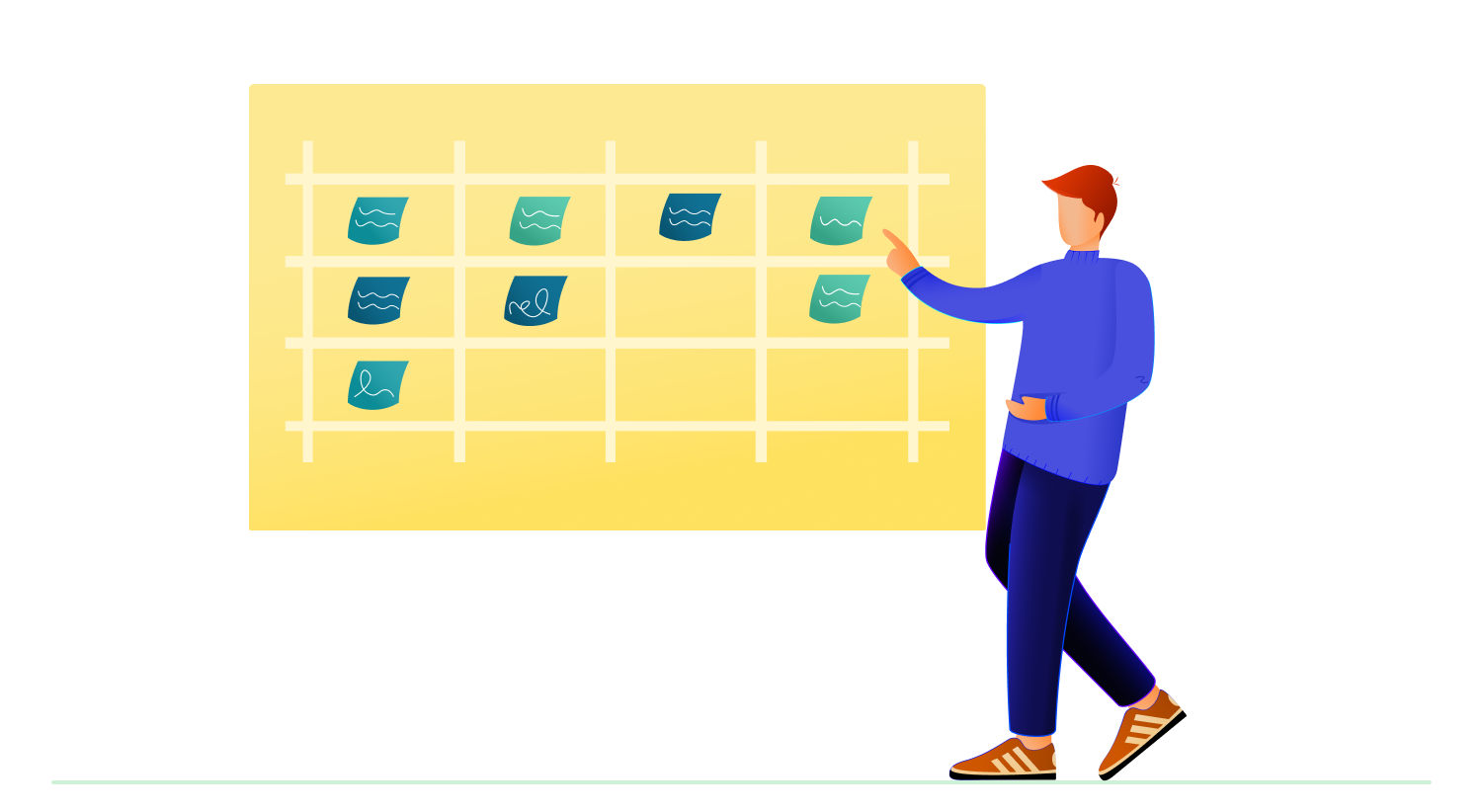What is the Waterfall model? Waterfall model definition, advantages, disadvantages, and FAQs
June 8, 2021 Max 2min read

What is the Waterfall model?
In the waterfall model, the project activities are broken down into linear sequential steps where each step depends upon the outcome of the previous step and corresponds to a specific set of tasks.
Here the progress steadily flows towards a conclusion in the form of various phases or steps.
The Waterfall methodology follows the old adage: “measure twice, cut once”. This approach requires a detailed analysis of the project upfront with thorough research into all the features and the risks involved.
With so much time devoted to initial research, the time estimates for each phase is more accurate. Thus, in this approach, we usually have a precise date of launch for our product beforehand.
Advantages of the Waterfall model
- It is suited for smaller projects where the needs of the customers can be well defined.
- The project is dependent solely on the team since there is very little client intervention.
- Elaborate documentation is done at every phase of the product’s development cycle
- Waterfall always keeps the focus of the team on the end goal, unlike Scrum, which divides the project into smaller parts keeping short-term goals in mind.
- Waterfall follows clearly defined steps where a new step cannot be initiated without the conclusion of the previous one.
- A clear idea about the resources required for the project is generated at the beginning of the cycle.
Disadvantages of the Waterfall model
- The Waterfall methodology in its traditional sense leaves no room for any unexpected changes or revisions in the designs or features of the project.
- The inputs from the client, for whom the project is being developed, are excluded in this approach. The main aim of this model has always been to make the working of the internal teams more efficient hence having very little space for client intervention.
- The Waterfall model is quite risky for complex projects where the required specifications may change frequently.
- The testing phase arrives late in the development process. This means that any error arising during the testing phase could take days or weeks to resolve.
You may also be interested in:
FAQs
Waterfall methodology adopts breaking the project into linear steps where each step is dependent on the previous step, whereas agile methodology is an incremental and iterative process with short-term goals.
The Waterfall model is used for primarily small projects that have requirements that are well-known, clear, and fixed.
According to a survey conducted by Ambysoft in 2013 the Waterfall method has a success rate of 49% whereas the agile method has a success rate of 64%.
